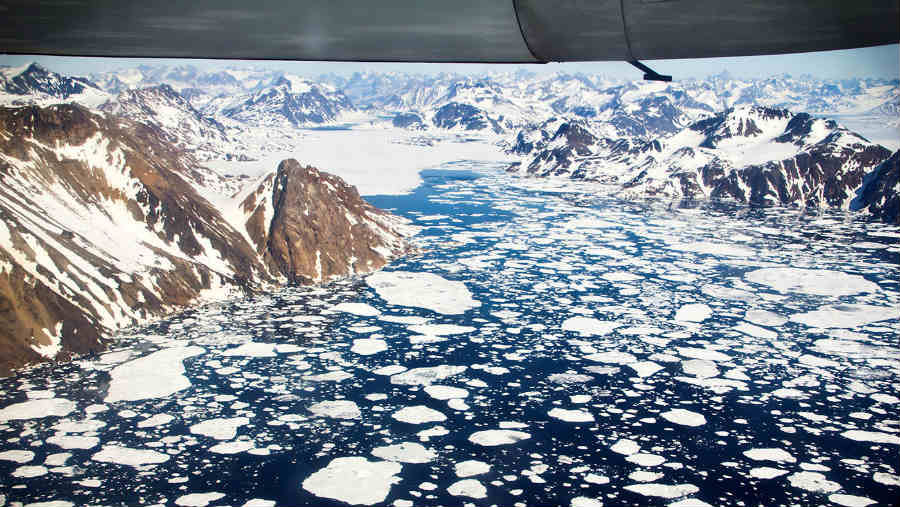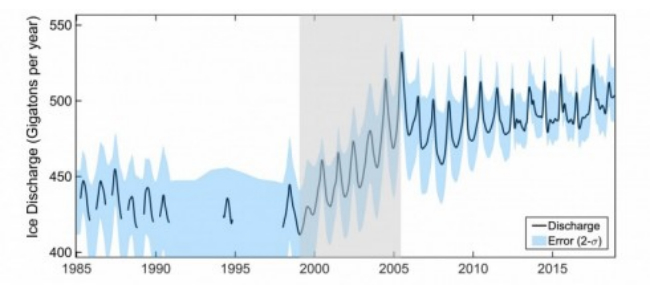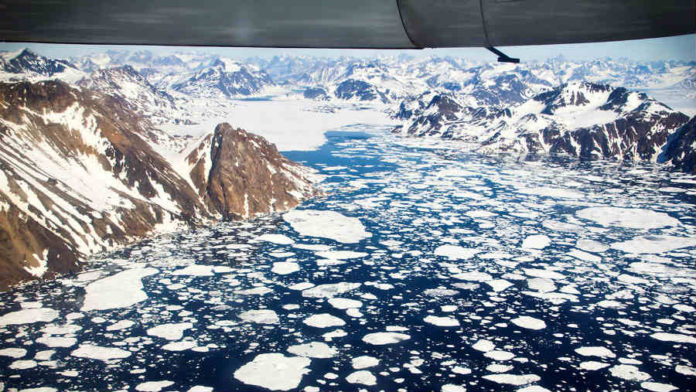
Credit: NASA Goddard Space Flight Center
According to a study published in the journal Communications Earth and Environment, scientists say that the melting ice sheet in Greenland has “passed in point of return” now. Earlier this year NASA reported that Greenland is melting 6 times faster than it was in the 90s thanks to climate change.
And this has made Greenland the “largest single contributor to the rising sea level.” The melting ice has been adding to the Atlantic ocean, and from there around the globe. This will eventually make the sea level rise. Last year it was reported that Greenland ice melt was single-handedly responsible for the sea levels to rise by 2.2mm in just 2 months.
Scientists used 3 decades of extensive data on the ice sheets in Greenland and concluded that, even if the global warming to be stopped now, the melting will not be stopped. According to Michalea King, lead author of the study, “We’ve been looking at these remote sensing observations to study how ice discharge and accumulation have varied, and what we’ve found is that the ice that’s discharging into the ocean is far surpassing the snow that’s accumulating on the surface of the ice sheet.”

Credit: Ohio State University
The observations included over 200 melting glaciers in Greenland. Although in the 90s, the difference between snowfall and ice melting in the area was balanced, it was off the charts since the beginning of the 21st century. Before 2000, the ice discharge was about 450 billion tons each year which was gradually replenished by heavy snowfalls. But since then, it rose steadily and now there have been more than 500 billion tons of ice melting in the region yearly. And the chance to gain the same amount of melting ice has become 1 in 100 years.
The recent years have seen Greenland ice glaciers retreated up to a massive 3 kilometres. According to researchers, “The glaciers have shrunk back enough that many of them are sitting in deeper water, meaning more ice is in contact with water. Warm ocean water melts glacier ice, and also makes it difficult for the glaciers to grow back to their previous positions.”
And now Greenland ice is on a constant state of loss risking the world with rising sea levels.

